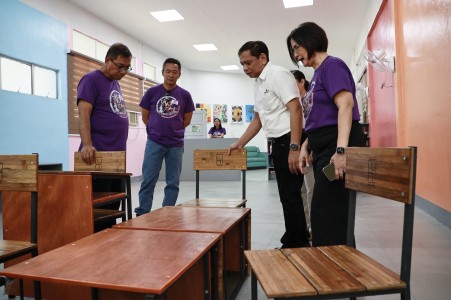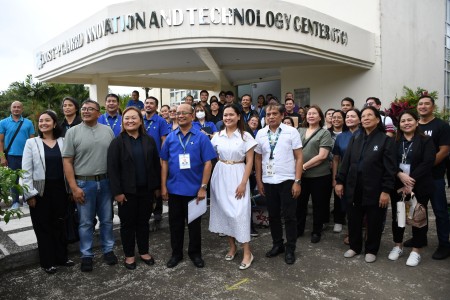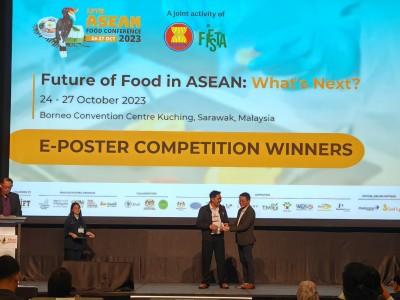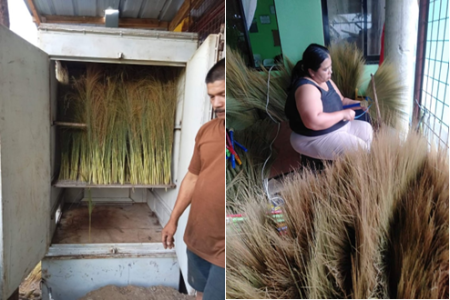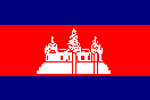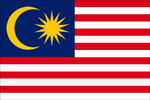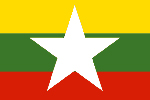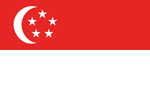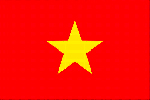NATURAL DYES FOR INDONESIA’S BATIK: STRATEGIC AND ENVIRONMENTALLY FRIENDLY PROSPECT | 18/08/2017
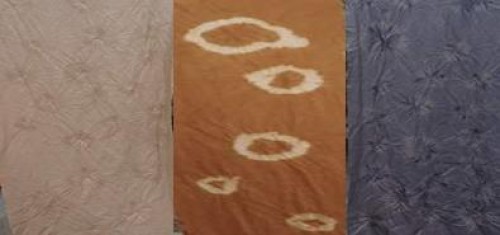
The batik industry in Indonesia has a very high level of dependency on the import of synthetic dyes. The commonly-used synthetic dyes are made of materials such as coal, tar or crude oil. These materials are dangerous for human’s health due to their carcinogenic compound which act as cancer trigger. In addition, the dye pollutants, such as the heavy metals and mutagenic-intermediate dyes, also negatively affect the environment. Some of the heavy metals found in the dye pollutants include Cu, Ni, Cr, Hg and Co (Tanziz, 2009). Considering the negative effect of the commonly-used dyes, natural and environmentally-friendly dyes should be promoted as potential substitute for the synthetic dyes.
Since 1 August 1996, several developed countries, such as Germany and Netherland, have banned the use of chemical-based dyes for various purposes. This ban is based on the regulation imposed by CBI (Centre for the promotion of imports from developing countries) Ref, CBI/NB-3032 on 13 June 1996. It rules that the dyes for textile, footwear and bed sheet must not have negative effect on environment and human’s health (Kwartiningsih, 2009). Therefore, the development and production of natural dyes from local material has a strategic future prospect since it is a safe and environmentally-friendly project. Natural dyes from plant can be extracted from its leaves, bark, root, flower and also the wood which contains a lot of colouring materials such as tannin, chlorophyll or flavanoid.
It is acknowledged that a lot of wastes are produced during the trees harvesting in the field or timber sawing in wood industries. The wastes come in the forms of barks, dusts, slabs, leaves and roots. A great number of wastes are usually left in the forest or burnt, thus polluting the environment. One of the research result shows that trees wastes is rich of flavonoid, saponins, tannin and anthocyanin compound (Rosyida & Zulfiya, 2013). Those chemical compounds are extractives that give specific colours for the plant. Flavonoid usually causes the plant to have red, yellow, brown or blue colour. Morin-based tannin will give citrus yellow-colour for the wood. The roots, barks, trunk and leaves of Avicennia contains tannin, phenolic and flavonoid with the content level ranges from positive (++) to very positive (++++) [Harbone, 1987; Hosettman, 1991).
Lukmandaru (2009) reported that the specific colour of teak wood is due to the presence of antraquinone compound (2-methyl antraquinone) which is also an extractive material. The extract of teak wood-dust made of old teak wood was found to contain 13.54% of antraquinone (Basri, Balfas, & Dewi, 2013).
It is predicted that the future use of harvesting wastes from plants, such as mangrove, mangium, ketapang, teak, mahogany, jackfruit, etc., as the source of tannin, chlorophyll or flavonoid for textile dyes will increase in Indonesia. This growing interest is not only to optimize the utilization of non-timber forest product but also to accommodate public demand for safe and environmentally-friendly textile which is often demonstrated through the “Back to nature” campaign. Indonesia’s plants are highly potential to be used further as natural dyes because of their abundant stock, affordable price and easy to use. Therefore, the idea of developing and using natural dyes, not only for batik but also for other textile material, that can be commercially accepted by both local industries in Indonesia and abroad should be further explored and promoted. In this context, the government’s support for finding or opening the market share for the product and the development of proper regulation is required to support this strategic future opportunity.
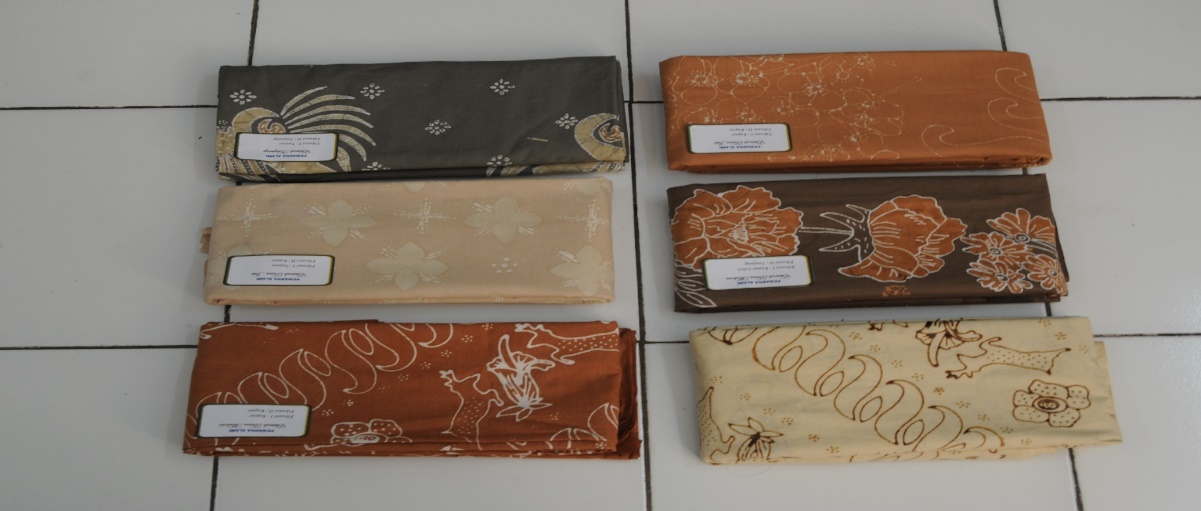
Dyes made of the extract of mahogany, teak and leaves (from various fixation materials)
(Source: Bumiku Batik Bogor, 2017)

Dyes made of the extract of mangium bark (from various fixation materials)
(Source: Basri, Santoso, Sopandi, & Rahmat (2017)
References
Basri, E., Balfas, J., & Dewi, L.M. (2013). Teknologi stabilisasi dimensi kayu. Laporan Hasil Penelitian. Bogor: Pusat Litbang Keteknikan Kehutanan dan Pengolahan Hasil Hutan.
Departemen Pertanian. (2009). Tanaman nila. Diakses dari http://tipspetani.blogspot.co.id/2013/02/tanaman-indigo-sebagai-pewarna-alami.html 17 Juli 2017.
Harborne, J.B. (1987). Metode fitokimia : Penuntun cara modern menganalisis tumbuhan. Ed ke-2. Terjemahan K. Padmawinata dan I. Soediro. Bandung: Institut Tekhnologi Bandung.
Hosettmann, K. 1991. Methods in Plant Biochemistry. Vol 6, Academic Press New York.
Kwartiningsih, E., Setyawardhani, D.A., Wiyatno, A., & Triyono, A. (2009). Zat pewarna alami tekstil dari kulit buah manggis. Ekuilibrium, 8 (1), 41 – 47.
Lukmandaru, G. (2009). Perubahan warna pada kayu teras jati (Tectona grandis Linn F) doreng melalui ekstraksi berturutan. Jurnal Ilmu Pengetahuan dan Teknologi Hasil Hutan, 2 (1), 15-20.
Rosyida, A. & Zulfiya, A. (2013). Pewarnaan bahan tekstil dengan menggunakan ekstrak kayu nangka dan teknik pewarnaannya untuk mendapatkan hasil yang optimal. Jurnal Rekayasa Proses, 7 (2), 52 – 58.
Tanzis, R. (2009). Identifikasi logam berat dalam zat warna tekstil. Laporan Teknis. Bandung: Balai Besar Tekstil.
Author : Efrida Basri
Translator: Karnita Yuniarti


